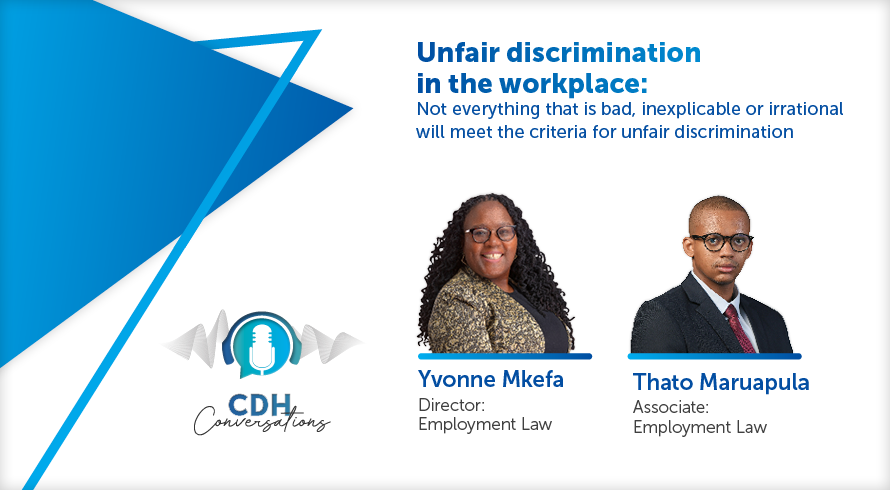Carbon tax changes related to the renewable energy premium deduction and carbon offset allowance
Renewable energy premium deduction
In 2023, a tangible outcome in Eskom’s unbundling process occurred when the National Transmission Company of South Africa’s (NATCOM) was properly established and received all requisite regulatory approvals. As things stand, power purchase agreements concluded under the Renewable Energy Independent Power Producer Procurement Programme, would have been concluded between Eskom and the relevant independent power producer. The Budget notes that as Eskom’s generation, transmission and distribution functions are separated, the power purchase agreements will be transferred to NATCOM when it commences operations. However, the carbon tax liability arising from the GHG emissions related to electricity generation activities in Schedule 2 of the Carbon Tax Act, will remain with the generation function of Eskom.
In light of this, the Budget proposes that the Carbon Tax Act be amended to allow electricity generators to continue to claim the renewable energy premium deduction for power purchase agreements ceded to NATCOM. This is a sensible and logical proposal given that it will likely ensure that electricity generators who would normally be entitled to the deduction would not be prejudiced, purely as a result of the cession of agreements to NATCOM.
Article 6(4) of Paris Agreement and carbon offsets
Recently, the Clean Development Mechanism (CDM) of the Kyoto Protocol was effectively replaced by article 6(4) of the Paris Agreement. The Budget notes that under the Carbon Tax Act, offsets generated from approved projects developed under the CDM are eligible for use by taxpayers for purposes of the carbon tax allowance. This is dealt with in the Carbon Offset Regulations. Given the transition, decisions taken under the Paris Agreement in November 2022 set out the process for transitioning activities from the CDM to the article 6(4) mechanism. About 48 CDM projects are eligible for transition to the article 6(4) mechanism.
To ensure alignment with the new article 6(4) mechanism and the transition of eligible CDM project activities, National Treasury in consultation with the DFFE and the Department of Mineral Resources and Energy will consider including a new mechanism as an eligible carbon offset standard. This is also to facilitate the transition of existing CDM projects. This will necessitate a further amendment to the Carbon Offset Regulations and the Budget indicates that the draft amended regulations will likely be published in 2024. This is an important amendment in order to facilitate the growth in South Africa’s carbon offset market and to incentivize the establishment of article 6(4) projects in South Africa. It also improves the chances of international investment in this regard.
The information and material published on this website is provided for general purposes only and does not constitute legal advice. We make every effort to ensure that the content is updated regularly and to offer the most current and accurate information. Please consult one of our lawyers on any specific legal problem or matter. We accept no responsibility for any loss or damage, whether direct or consequential, which may arise from reliance on the information contained in these pages. Please refer to our full terms and conditions. Copyright © 2025 Cliffe Dekker Hofmeyr. All rights reserved. For permission to reproduce an article or publication, please contact us cliffedekkerhofmeyr@cdhlegal.com.
Subscribe
We support our clients’ strategic and operational needs by offering innovative, integrated and high quality thought leadership. To stay up to date on the latest legal developments that may potentially impact your business, subscribe to our alerts, seminar and webinar invitations.
Subscribe




